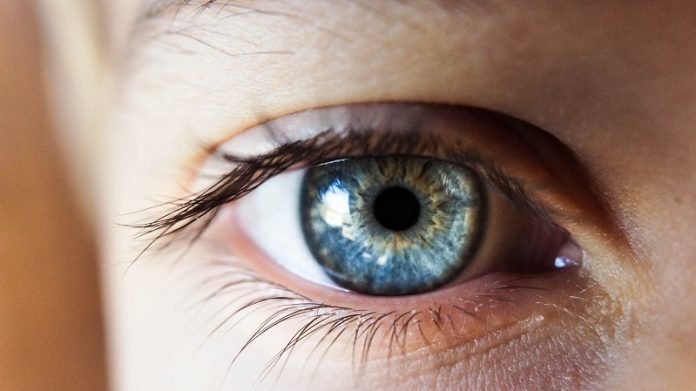
Scientists from the University of Pennsylvania found that a drug currently used to reduce cholesterol levels in the bloodstream could help reduce the risk of developing diabetic retinopathy.
The research is published in JAMA Ophthalmology and was conducted by Robert Frank et al.
Fenofibrate is an oral medication used to treat abnormal blood lipid levels.
It is used together with a proper diet to reduce and treat high cholesterol and triglyceride (fat-like substances) levels in the blood.
Prior research has suggested that diabetic patients who take the cholesterol drug fenofibrate were less likely to develop diabetic eye diseases.
In the study, the team used data in the Medicare Advantage database that involved the period 2002 to 2019.
They used information about patients’ diabetes and eye status and whether they had been given fenofibrate.
In all, the researchers included 150,252 patients in their analysis—5,835 of whom were taking fenofibrate and 144,417 who were not.
They found that 27,325 patients progressed to diabetic eye diseases.
They also found that the use of fenofibrate led to an 8% reduced risk of progression to vision-threatening diabetic retinopathy and a 24% reduction in progression to proliferative diabetic retinopathy.
The researchers suggest that the use of fenofibrate can provide a modest reduction in the progression of diabetic eye diseases, which indicates some degree of protection against the breakdown of the blood-retinal barrier.
If you care about diabetic eye disease, please read studies about a new drug for diabetic eye disease, and some diabetes drugs may reduce the risk of Alzheimer’s disease.
For more information about diabetes, please see recent studies about a new way to prevent diabetic eye disease, and results showing this diet can lower risk of type 2 diabetes and help manage blood sugar.
Copyright © 2022 Knowridge Science Report. All rights reserved.


